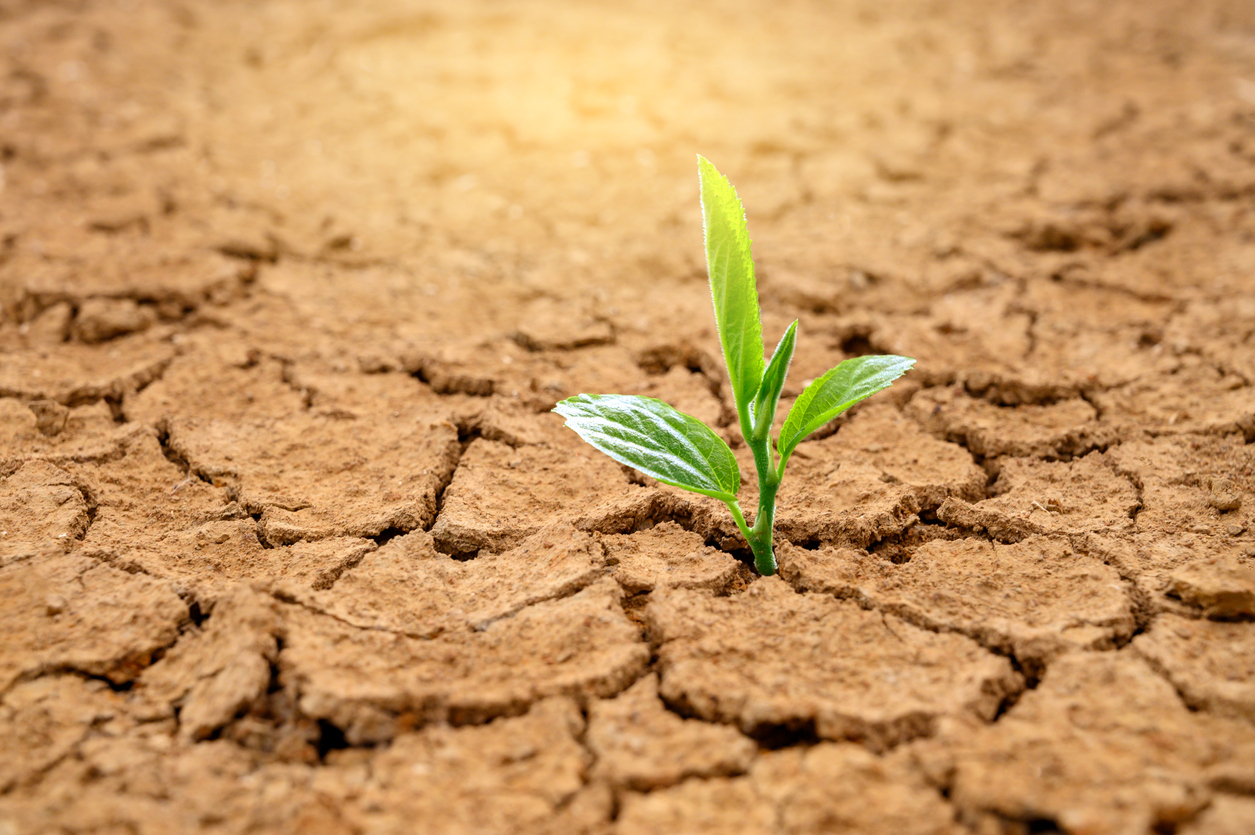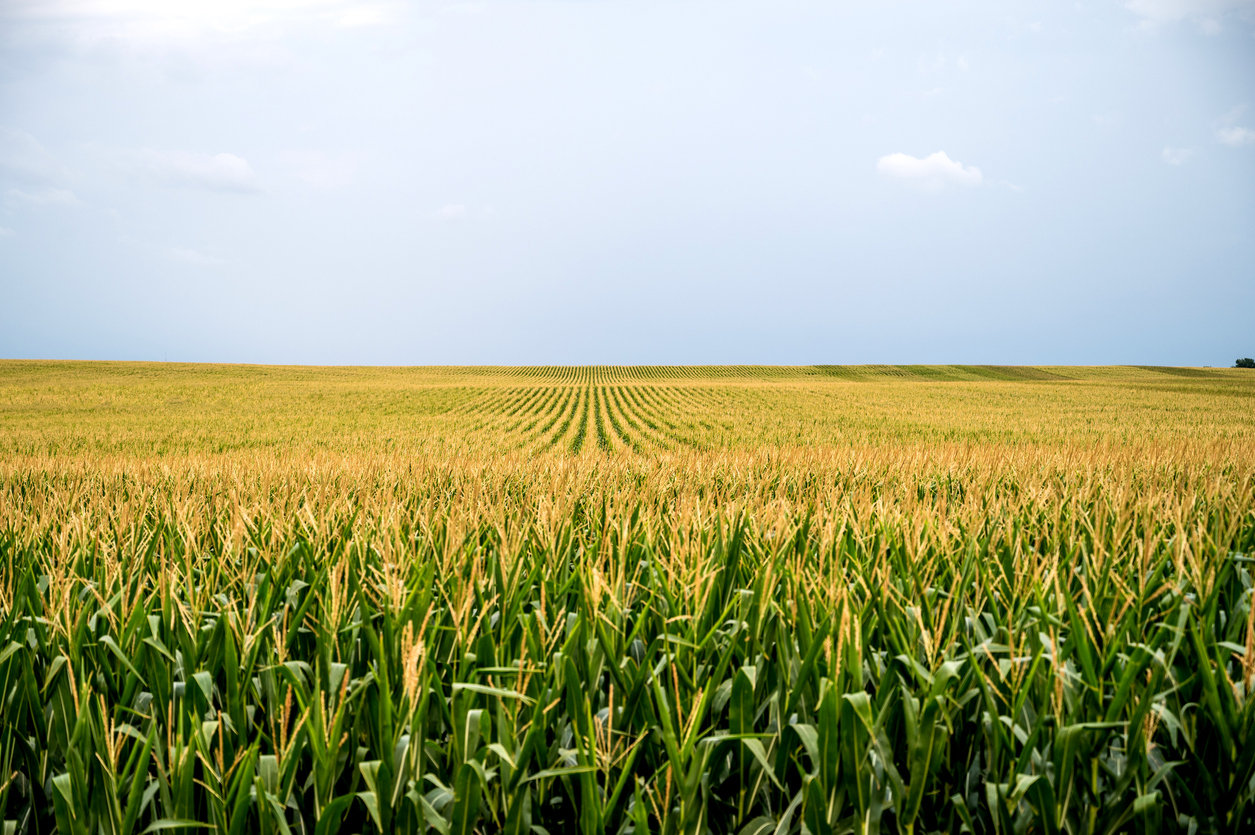Climate is "Unsettled" Science

There is a lot of doom and gloom in this world. Between COVID-19, Ukraine war, and Climate Change; there is not a lot of optimism, especially in our young people. Maybe some data can alleviate some concerns about climate change. Climate change is real but should not be overhyped. Earth’s climate has been naturally changing since its creation. Climate is an average of the weather over many years, changing slowly and is measured over decades. Weather is what is happening now or in the near future. Aaron Wilson, Ohio State climatologists is predicting another year where our spring weather may be wetter than “normal”, summer may be dry, and fall may be wetter than normal. Weather predictions are about 50% or less, so maybe he’s right. Climatologist often say, “Climate is what you expect, weather is what you get!” Earth’s climate has changed over decades and centuries; ebbing and flowing, up and down with a lot of internal variation. The tilt of the earth from season to season changes our w...


